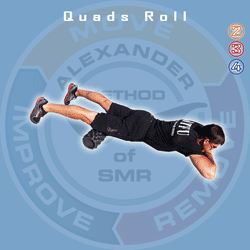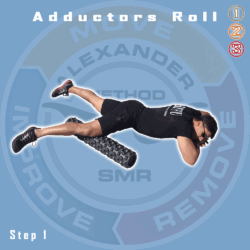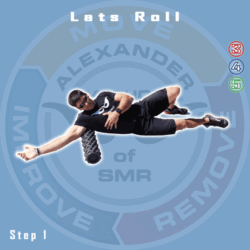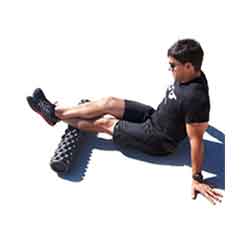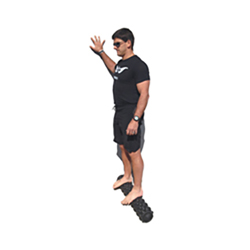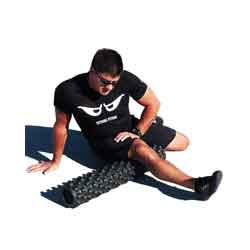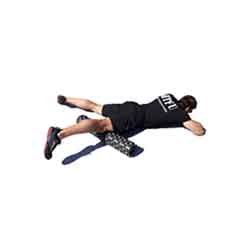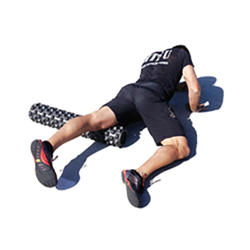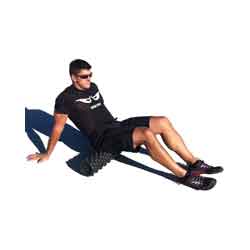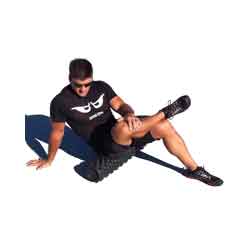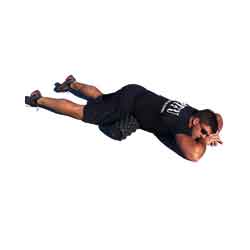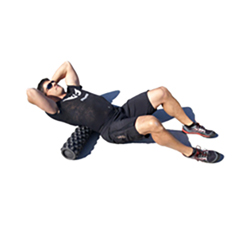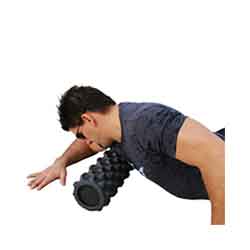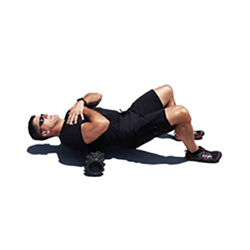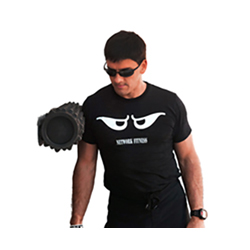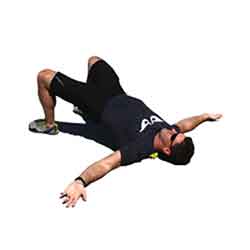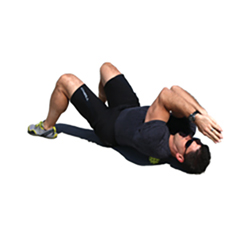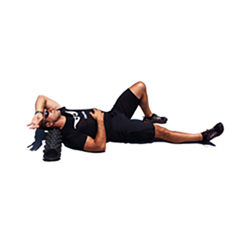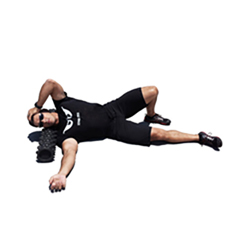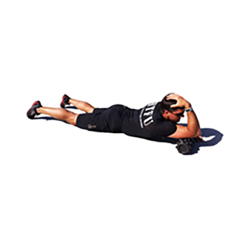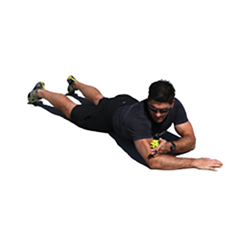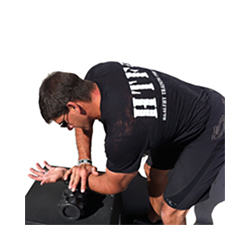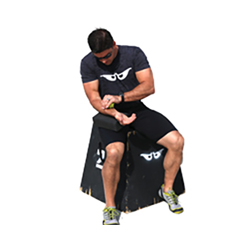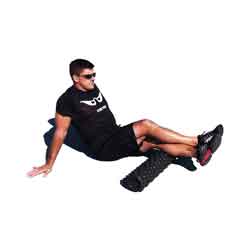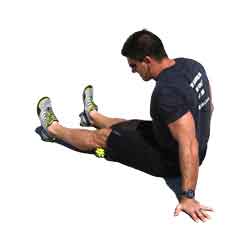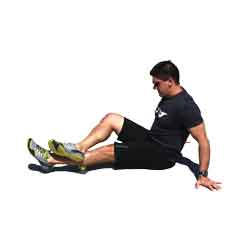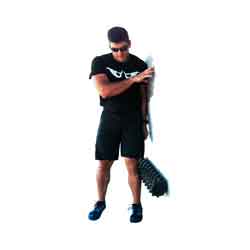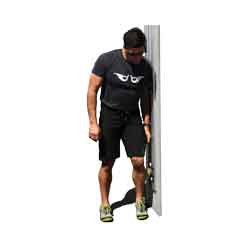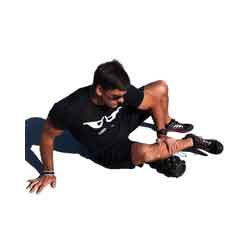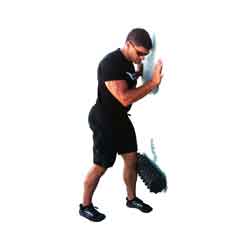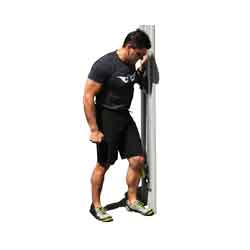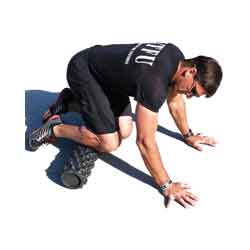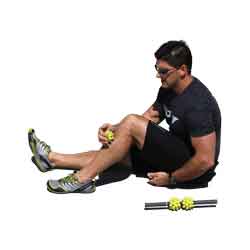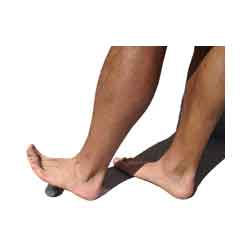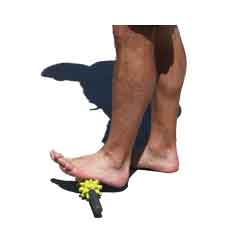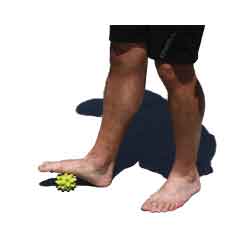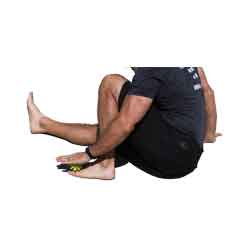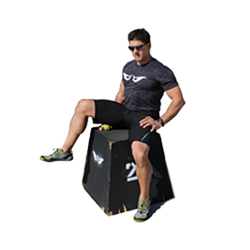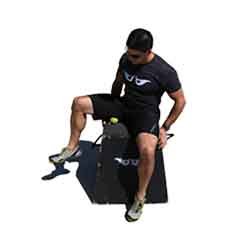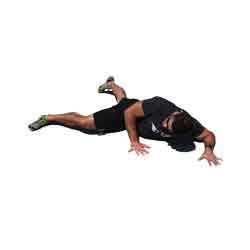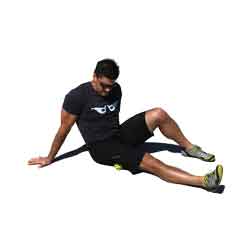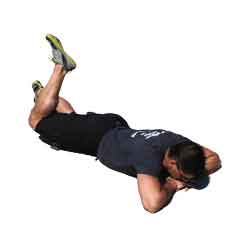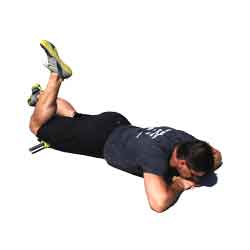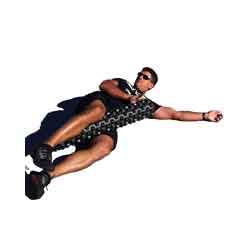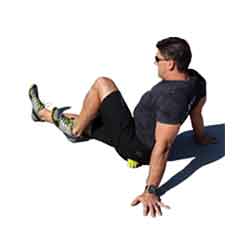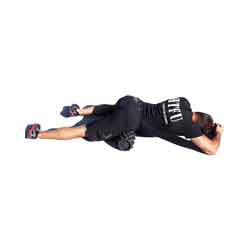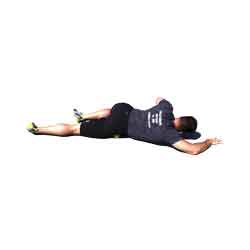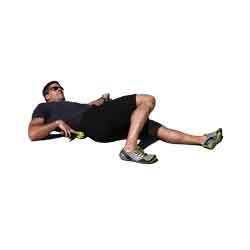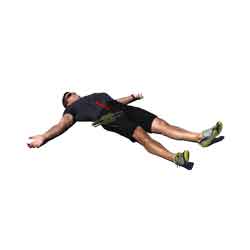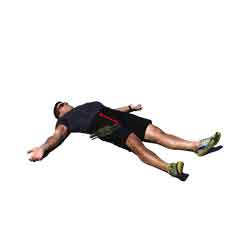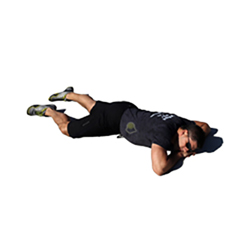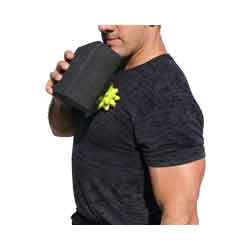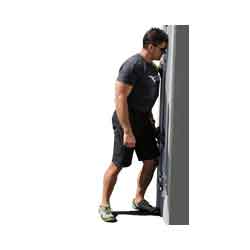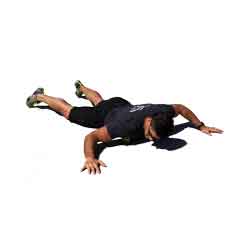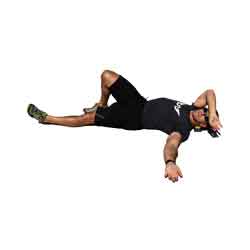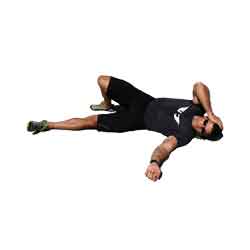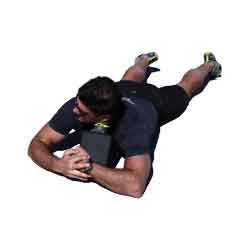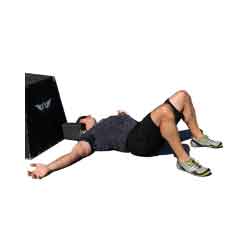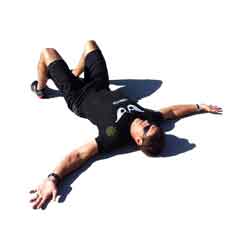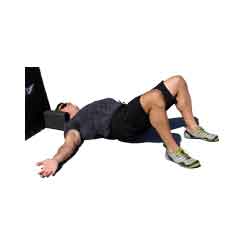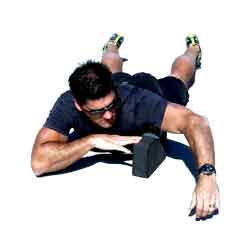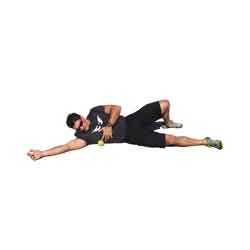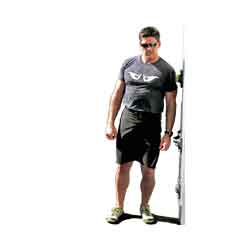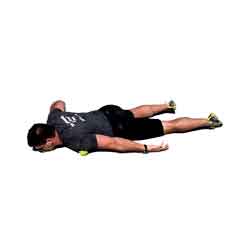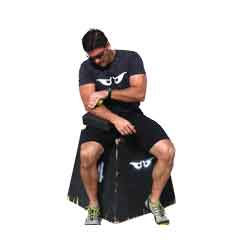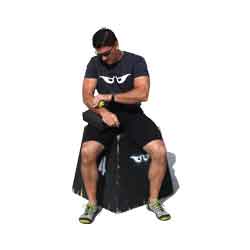Click the techniques below to learn how to help your issue.
The 23 Fundamental SMR techniques are to be practiced at least once every two weeks for each technique, but more often will be necessary for some areas. The Fundamentals include the 3 Primaries and the 20 Secondaries.
| The 3 Primary SMR Techniques are to be practiced at least once a week. More often is likely to benefit you more. The 20 Secondary SMR Techniques are to be practiced at least once for each technique every two weeks as an assessment. More often is likely to benefit you for some techniques, but you should never ignore an area for more than a couple weeks before inspecting it again to ensure you aren't skipping a problem when it is small and relatively easy to fix. |
| The 47 Extended SMR techniques are to be practiced as needed when dealing with a issue in that area of your body (normally two or three techniques per day). These techniques are meant to be done almost daily when you have an issue in that region (and ONLY when you have an issue in that region). |
| Take 2-5 minutes for each SMR exercise per side of your body. This will provide enough time under tension to stimulate the GTO and your muscles will likely relax more, allowing you to make quicker progress toward full range pain-free movement. Quicker movements tend to stimulate the muscles, whereas slower movements tend to relax them.
You may need significant SMR work in a particular area. Work through all 70 of the SMR techniques as needed, plus the nearly 90 stretches to address every skeletal muscle in your body. Over time you should need these techniques less often and it should take less time with each technique to get the release you are seeking. |
| **All information is provided for educational purposes only. You should consult your doctor before attempting any exercises you read on this page or any page on this website.** |

